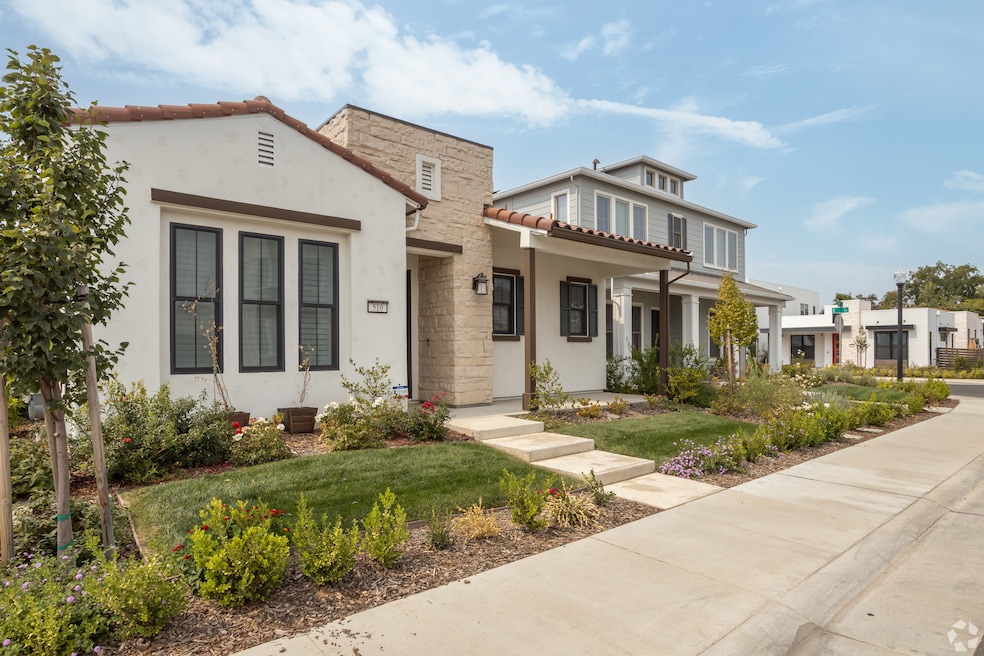A robust jump in pre-owned home sales in February might be a sign of renewed interest from buyers and sellers, or it could be an accident of timing.
Closings on sales of existing single-family homes and condos rose 4.2% during the month to a seasonally adjusted annual rate of 4.26 million, the National Association of Realtors said. Sales slipped 1.2% from one year ago. Lawrence Yun, the NAR’s chief economist, said the sales growth was a surprise because contracts to sell homes fell in December and January. Contracts are a good predictor of sales that typically come about a month later.
“That figure is much better than I anticipated,” Yun said of February’s upturn.
One explanation is that some contracts and sales may have been pushed back to February because of severe weather in parts of the country the previous month, Yun said. Optimistic observers hope the lack of sales activity during the winter will lead to a strong spring housing market.
But others point to persistently high mortgage rates and see signs of continued weakness. A report last month by John Burns Research and Consulting found that the growing number of homes on the market may also discourage sellers from listing their properties, although the report cautioned that conditions vary depending on the city or region.
The inventory of unsold homes increased 5.1% in February to 1.24 million. That’s a 3.5-month supply, which Yun said is still less than optimal. But homes took a median of 42 days to sell in February, eclipsing the previous month’s 41 days, which was the longest homes had sat on the market in the past five years. Experts say four to five months of inventory reflects a healthy market.
Still, recent lockbox data, which measures how many times people visit homes that are for sale, shows that more sellers are advertising their homes, although buyer traffic is down from a year ago. Prices still look favorable to sellers, with the median home sale price in February hitting an all-time high for the month of $398,400.
The Western U.S. saw the biggest hike in sales last month among the four major regions, leaping 13.3% from January’s figure. Other regions were much more subdued, with the South up 4.4%, the Midwest unchanged and the Northeast down 2%. While single-family home sales were up 5.7%, condos saw a 9.8% decline. Single-family residences accounted for 91% of total sales.
Sales at the upper end of the price range continue to sell in larger numbers than more affordable homes, Yun said, noting it will be interesting to see whether that trend continues given the stock market’s slide in recent weeks.
“The upper-end market over the past year was driven in part by stock prices,” he said. “We’ll see if it continues to outperform the lower-priced categories.”
On an encouraging note, first-time buyers made up 31% of home closings in February, up from 28% in January and 26% one year earlier. The NAR previously reported that the annual share of first-time buyers in 2024 was 24%, the lowest ever recorded.

